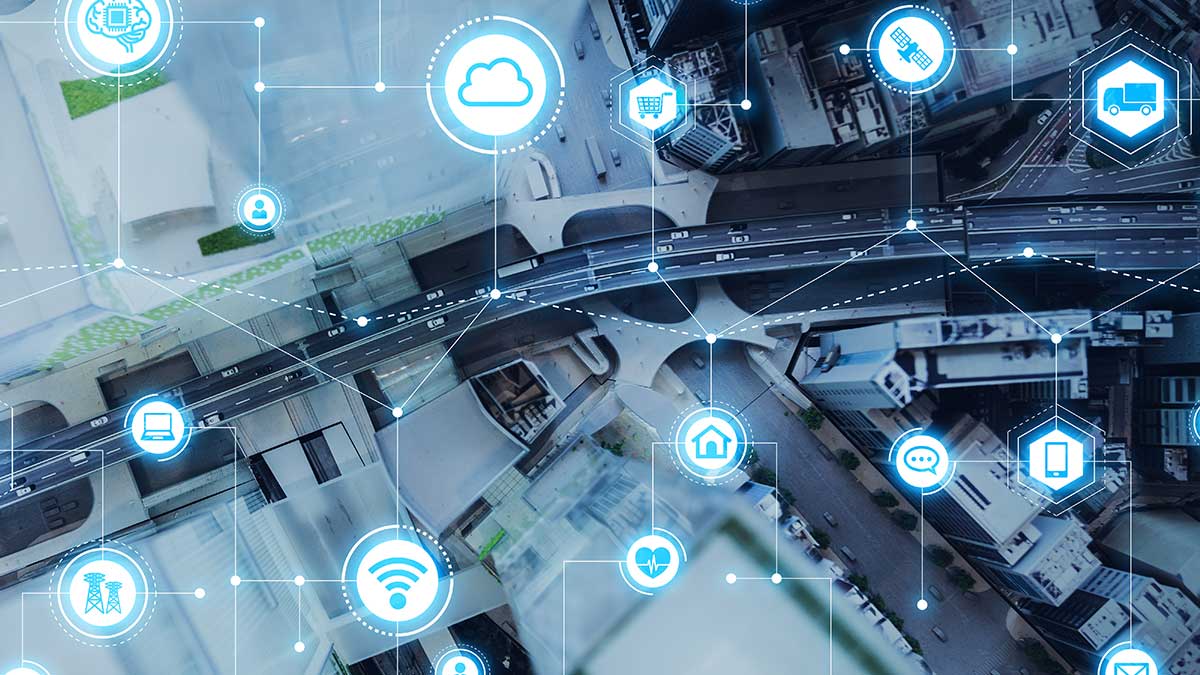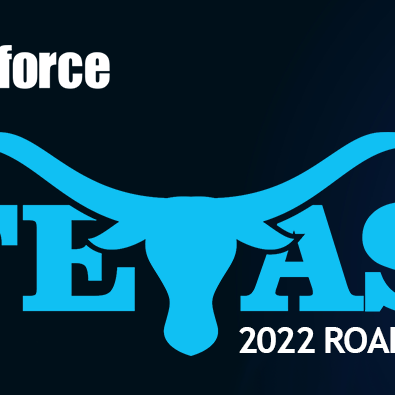
Intelligent Lighting makes for Smarter and Safer Cities
It’s hard to believe that the first recorded organized method of public lighting was deployed in 1417 by the Mayor of London, Sir Henry Barton. Residents were ordered to hang a lantern outside of their homes at nightfall. Even then, urban lighting was installed as a public safety measure, allowing residents to leverage illumination to avoid being attacked or mugged. Baltimore was the first city in the United States to install actual street lamps, fueled with coal gas. Up until 2006, most street lighting was done using traditional incandescent methods with great cost to municipalities, and with near-zero automation. Oslo, Norway was the first city in the world to deploy intelligent lighting controls as a means to reduce energy costs, thereby realizing 50% decrease in energy usage and cost.
Yet, here we are, in the 2020 timeframe, where Generation 2 of smart lamps (which is much of what we have seen over the past 5 years) moves us towards cost savings rather than extensibility, interoperability, rapid adaptation, and automated sense-making in highly dynamic urban environments. The big technology vendors continue to force us into single-vendor solutions, yet shrink at even the most minute savings, and rarely deliver broader outcomes specific to reduction in crime, efficiencies in population direction, nor interfaces that enables stream analytics that make these investments smarter.
Smart cities, smart venues, and now smart buildings, are serving as the growth engines for Blueforce and the capabilities our stack enables today. It used to be said that choosing Axon, Genetec, IBM, or other large technology manufacturers ensured job security. On the contrary, the big boys tend to view interoperability as monolithic and something akin to “it works as long as you are using my technology”, where data communications interfaces are closed, and physical interfaces for sensors are proprietary and only work with said vendor’s parts. The more successful smart cities have learned quickly that infrastructure which supports rapid adaptation and loosely coupled interfaces (data and/or physical) deliver future-proof and rapidly adaptable baselines to meet new and changing needs “smart” environments require to deliver successful outcomes. Our experience with municipal and commercial consumers of smart city/venue/building technology has taught us that investments should consider the following:
- Rapid Adaptation and Extensibility
Most of the big boys refuse to consider a dynamic and non-predictive scenario. If you trust your legacy vendor in that they can support the best and broadest outcomes that address citywide IoT, go forth. But if you believe that city scenarios are diverse, ever-changing, and a need exists to leverage decision data outside of a single vendor’s purview, one must consider extensible solutions that embrace “Best in Class” vs Single Vendor lock-in. Technology platforms that can be modified and extended, as threats and desired outcomes morph over time, lighting platforms that support dynamic AND physical adaptation will deliver on life safety, but also save lives and increase the likelihood of successful outcomes. - Interoperability and Composable Services
Many of the big boys love silos and refuse to support interoperability, much less composable services outside of what they provide as part of a single vendor solution. Many see interoperability as rooted in data communications, yet, the bigger story is in the diversity of “application layer” resources (sensors and systems) that the multitude of agencies in a city buys and leverage, which likely come from many different manufacturers. Multi-sensor fusion and the ability to make sense of what is going on through autonomous sensor cueing requires true data interoperability with standards-based interfaces that can be connected and consumed on the fly through “mosiac” like compositions where sensors and infrastructure services are not bound to a single outcome but can be leveraged across a multitude of scenarios using the manual or dynamic composition of services.
Wi-Fiber is by far one of the best smart city “smart lighting” providers we have seen to date. Their smart lighting platform moves well beyond the mere dimming and brightening of the lamp, where the “save money” outcome is the sole driver. Rather, Wi-Fiber provides an extensible and interoperable platform that is modular by design,, and enables the deployment and redeployment of sensors and services based on where the lamp is deployed. Have a chemical plant in the city limits? No problem, deploy a chemical sensor head as one of the 12 or more “sockets” supported in a single W-Fiber lamp head.
Smart lamps are only one of the emerging class of “smart” infrastructure products coming to market today. Smart “poles” and smart digital displays are proving to be effective platforms for IoT sensors and loosely coupled AI enabled services. Blueforce provides a wide range of unique value propositions across several of these smart city platforms today, by leveraging our patented edge-based IoT sensor fusion and cueing services. These include:
- Edge Compute
BlueforceEDGE runs on the sensor head, but also runs on distributed edge-based compute platforms that are pervasive across a city landscape. Our forthcoming BlueforceEDGE MEC (multi-access edge compute) service platform delivers a wide range of edge-based micro-services which include multimedia streaming, hyperlocal, and discovery services which can be consumed locally without the need to send requests to the cloud. BlueforceEDGE enables a single subscriber interface and can connect with multiple disparate sensors inside of, but also proximate to, a smart lamp. Using compute on the lamp head, a single stream of processed sensor data is delivered which enables the coveted “single pane of glass view” to city planners and public safety. One street lamp = one resource as opposed to 12 silos of sensor data that a smart city user must navigate to make sense of what is going on at a given location. - AI to the Edge
BlueforceEDGE exposes services through software “plugins” that are developed and delivered by sensor manufacturers, city IT, and/or a system integrator. These “write once, deploy everywhere” software modules provide sensor connectivity and processing, but can also be fully self-contained “AI services” that deliver a wide array of outcomes to include object identification, crash detection, flood detection, and more. These service plugins can also enable dynamic coordination between the various sensors and lighting controls in the lamp itself. Multi-Variant Threat Detection is an area of stream analytics Blueforce will be delivering in 2021 whereby sensors and services from dissimilar manufacturers can be dynamically “wired” to communicate with each other for better sense-making and coordination before an event is handed off to a human. - Autonomous Coordination
Because Blueforce plugins can “talk” amongst themselves, logic inherent to a Blueforce plugin can autonomously control lighting behavior, but also cue audio to play over native public address services, flip digital signage proximate (or citywide) when used with Samsung’s MagicINFO, and/or initiate workflows that drive specific outcomes that provide value-added services to municipal workers and citizens alike.
Blueforce will be making additional product announcements in 2021 that take “smart” cities, buildings, and venues to the next level. If you would like additional information, please contact us.


